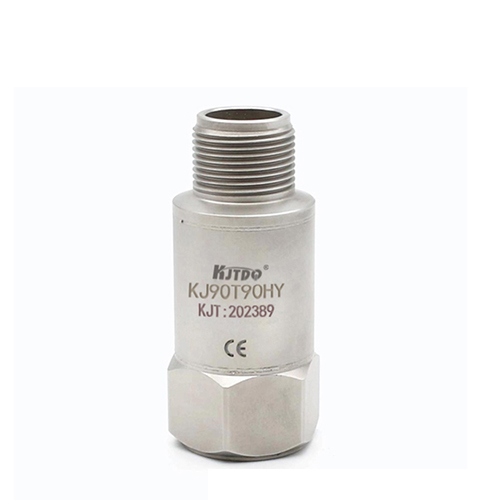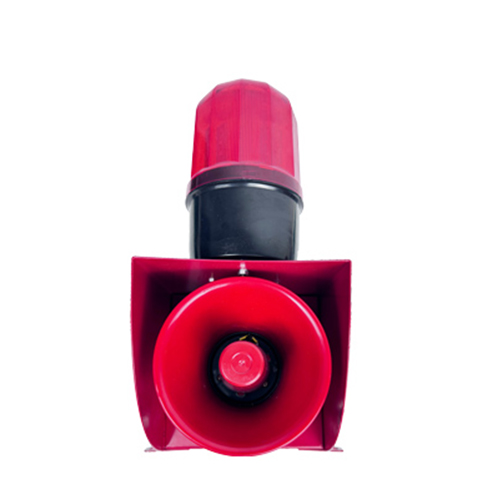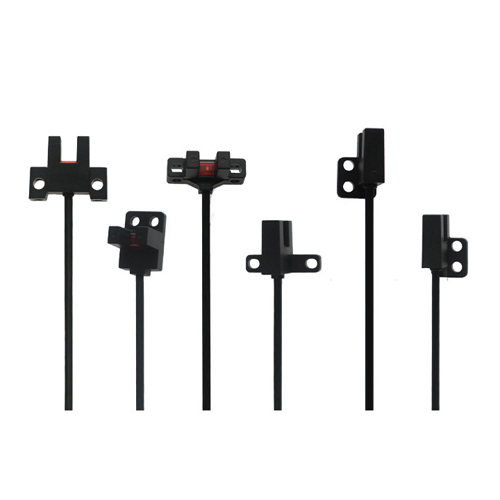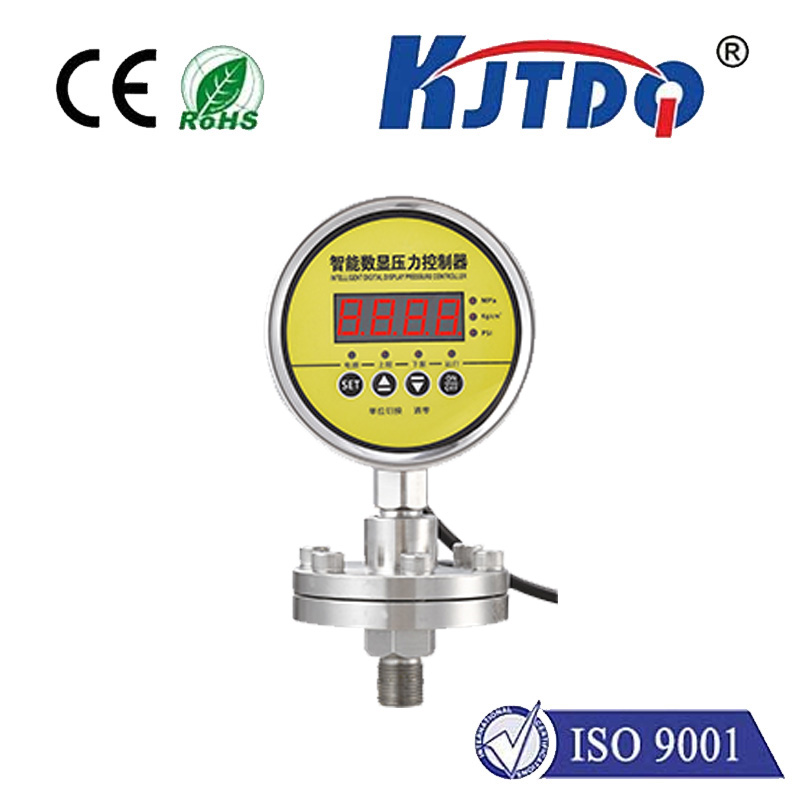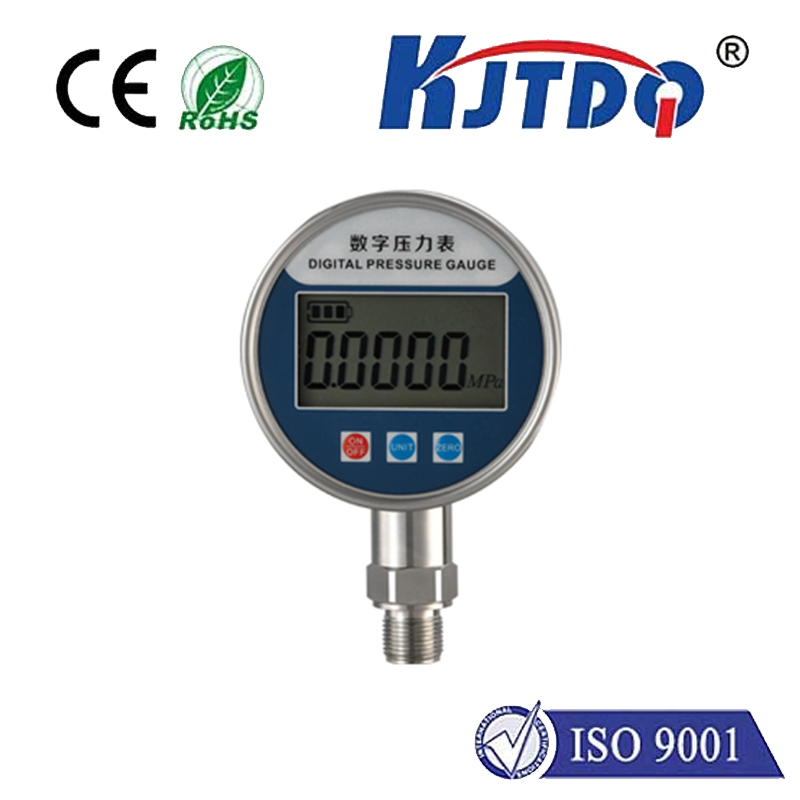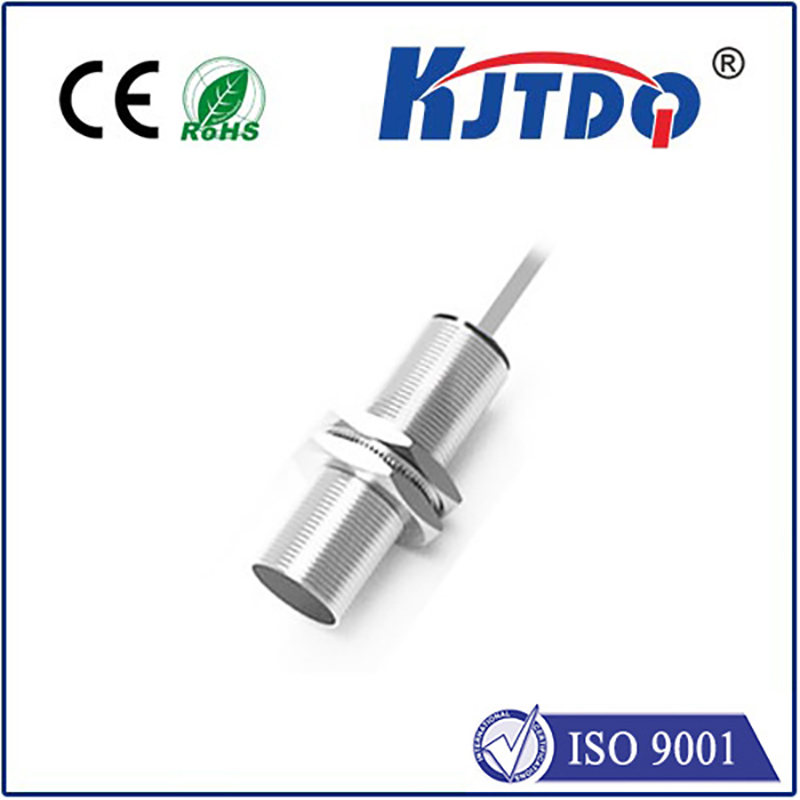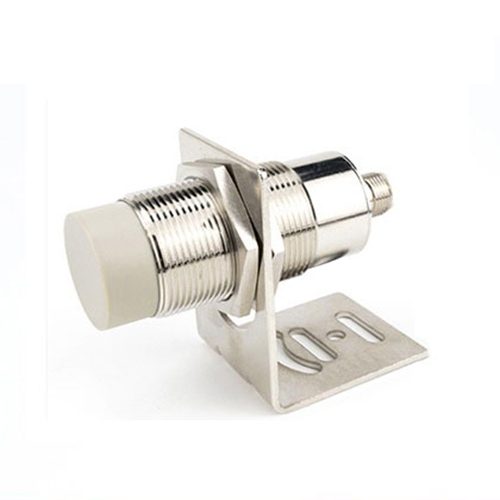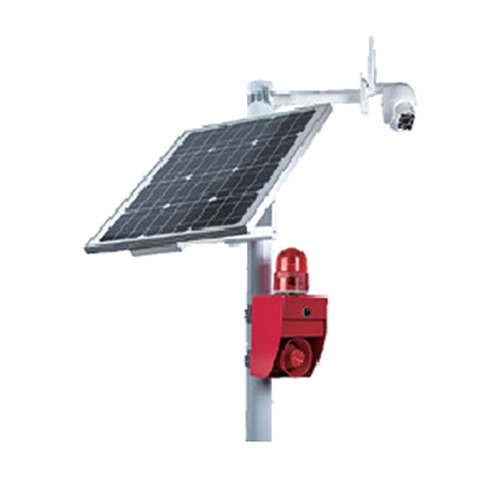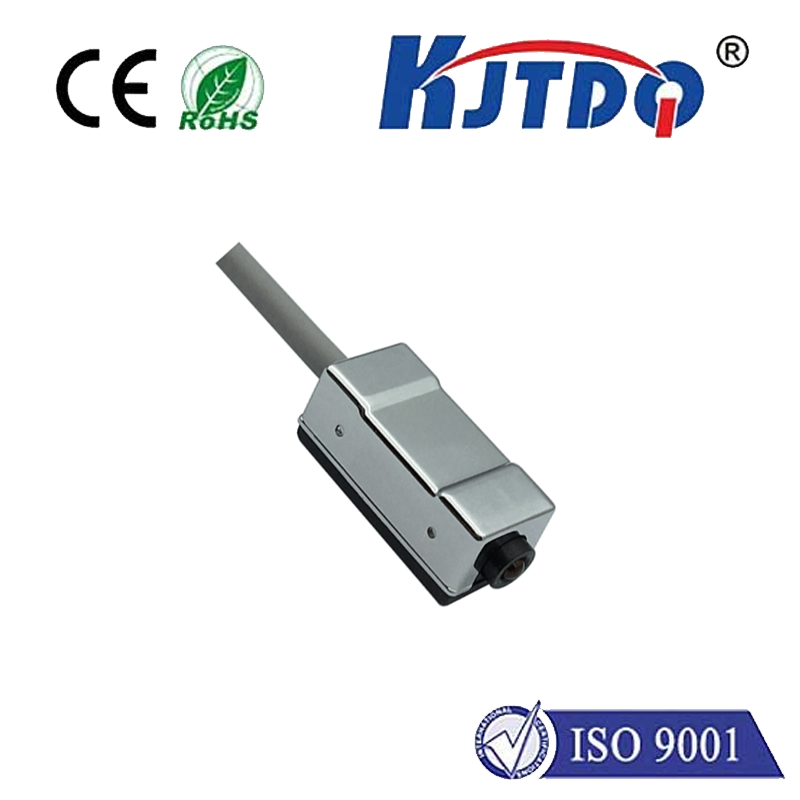УЗИ ультразвуковой датчик
- time:2025-08-28 02:49:30
- Нажмите:0
Supersonic Sensors: Revolutionizing Detection Beyond the Speed of Sound
We perceive our world largely through sound and sight, but human senses have inherent limits. Imagine technology that pushes far beyond these boundaries, operating where human ears fall silent and eyes grow dim. This is the domain of supersonic sensors, devices that harness the power of ultrasonic sound waves – frequencies above the range of human hearing – to “see” the unseen and measure the immeasurable with remarkable speed and precision.
Demystifying Supersonic Sensing: Principles in Action
Contrary to what the name might initially suggest, supersonic sensors themselves don’t move at supersonic speeds (faster than sound). Instead, they utilize ultrasonic sound waves, typically ranging from 20 kilohertz (kHz) to well over 1 megahertz (MHz), frequencies far beyond the roughly 20 kHz upper limit of human audibility.
The core operation relies on a fundamental physical phenomenon: echolocation. Here’s how it typically works:

- Transmission: An ultrasonic transducer acts like a tiny, high-speed speaker, emitting a precisely controlled burst or pulse of supersonic sound waves.
- Propagation: These sound waves travel through the chosen medium – air, liquid, or even solid materials – at the speed of sound within that substance.
- Reflection: Upon encountering a boundary or object with different acoustic properties (density, elasticity), a portion of the sound wave reflects back towards the source. Think of it like an echo.
- Reception: The same transducer (or sometimes a separate one nearby) switches modes and acts like a highly sensitive microphone, detecting the reflected echo.
- Calculation & Interpretation: Sophisticated signal processing electronics measure the time-of-flight (ToF) – the precise interval between emitting the pulse and receiving the echo. Using the known speed of sound in the medium, the sensor can then calculate the distance to the target object: Distance = (Speed of Sound × Time-of-Flight) / 2.
More advanced systems, like Frequency-Modulated Continuous Wave (FMCW) ultrasonic sensors, emit a constantly changing frequency wave. By comparing the frequency of the echo to the frequency currently being transmitted, they can not only determine distance but also measure the relative velocity of a moving target with incredible accuracy, leveraging the Doppler effect.
Why Supersonic? Key Advantages Driving Adoption
The unique characteristics of ultrasonic sound waves make supersonic sensors exceptionally valuable across diverse fields:
- Non-Contact Operation: They measure distance, presence, or level without physically touching the object. This is crucial for delicate items, sterile environments (like medical applications), or moving parts.
- Material Agnosticism: Unlike some optical sensors, ultrasonic waves can reliably detect objects regardless of color, transparency, or surface finish (though soft, sound-absorbing materials can pose challenges). They work well on liquids, powders, and opaque solids.
- Robust Performance: These sensors are generally unaffected by ambient light conditions, smoke, dust, or steam, making them suitable for harsh industrial environments where optical sensors might fail.
- Intrinsic Speed: While not supersonic in travel, the time-of-flight measurement principle allows for very rapid detection and ranging, enabling real-time monitoring and control in fast-paced systems. Precise velocity measurement in FMCW systems adds another dimension of speed-related data.
- Competitive Cost & Reliability: Compared to some high-end sensing technologies like sophisticated radar or LiDAR, ultrasonic sensors often offer a favorable cost-to-performance ratio and proven long-term reliability.
Where Supersonic Sensing Speeds Ahead: Real-World Applications
The versatility of supersonic sensors has propelled them into countless applications:
- Industrial Automation & Manufacturing:
- Object Detection & Positioning: Guiding robots on assembly lines, detecting packages on conveyors, verifying part presence.
- Precise Level Measurement: Monitoring liquid levels in tanks (chemicals, fuels, water), silo powder levels, ensuring consistent filling operations.
- Loop Control & Web Guiding: Maintaining tension control in paper, plastic, or textile webs during processing.
- Distance Control: Safely positioning cranes, automated guided vehicles (AGVs), or mobile machinery.
- Automotive Innovation:
- Parking Assistance: The familiar beeps helping drivers navigate tight spots rely on ultrasonic proximity sensors.
- Blind Spot Detection (BSD) & Cross Traffic Alert (CTA): Enhancing situational awareness and collision avoidance.
- Automatic Emergency Braking (AEB): Part of the sensor suite detecting imminent collisions.
- Occupant Detection: Determining seat occupancy for airbag deployment and seatbelt reminders.
- Medical Diagnostics & Therapy:
- Ultrasound Imaging: The cornerstone of modern medical imaging, using high-frequency ultrasonic waves to visualize internal organs, tissues, and blood flow in real-time. This technology relies fundamentally on supersonic sensing principles to map anatomy.
- Therapeutic Ultrasound: Focusing high-intensity sound waves for targeted tissue treatment or breaking down kidney stones (lithotripsy).
- Consumer Electronics & Smart Homes:
- Gesture Recognition: Enabling touchless control of devices by interpreting hand movements near the sensor.
- Presence Detection: Smart lighting turning on/off based on room occupancy.
- Robotics: Drones and vacuum cleaners navigating around obstacles.
- Aviation & Defense:
- Sonar Systems: Underwater navigation, object detection, and mapping for submarines and surface vessels (though often using lower frequencies than “supersonic,” the core principles overlap).
- Altimeters: Some systems use ultrasonic pulses for precise low-altitude measurement.
- Proximity Fuzes: Advanced systems might incorporate ultrasonic elements for very close-range detonation triggering.
- Security & Intrusion Detection: Motion sensors detecting movement within protected areas, especially where other technologies might be fooled by environmental factors.
Looking Ahead: The Sonic Frontier
The field of supersonic sensor technology is far from static. Ongoing research focuses on:
- Higher Frequencies: Enabling finer resolution and miniaturization, crucial for advanced medical imaging and micro-robotics.
- Enhanced Signal Processing: Leveraging artificial intelligence (AI) and machine learning to better interpret complex echo patterns, improve accuracy in noisy environments, and extract more detailed information from signals.
- Phased Array Systems: Similar to advanced radar, electronically steering ultrasonic beams without moving parts for faster scanning and more complex detection capabilities.
- New Materials & MEMS: Developing more efficient, smaller, and cheaper ultrasonic transducers using Micro-Electro-Mechanical Systems (MEMS) technology.
Supersonic sensors, operating silently beyond our perception, are fundamental building blocks of modern technology. From ensuring the smooth flow of factory production lines and the safety of our vehicles on the road to providing life-saving medical images and enabling futuristic human-machine interfaces, these devices exemplify how harnessing phenomena beyond our natural senses drives innovation forward. Their ability to provide rapid, reliable, non-contact measurements ensures their role will only grow more significant as we navigate an increasingly automated and data-driven world.

